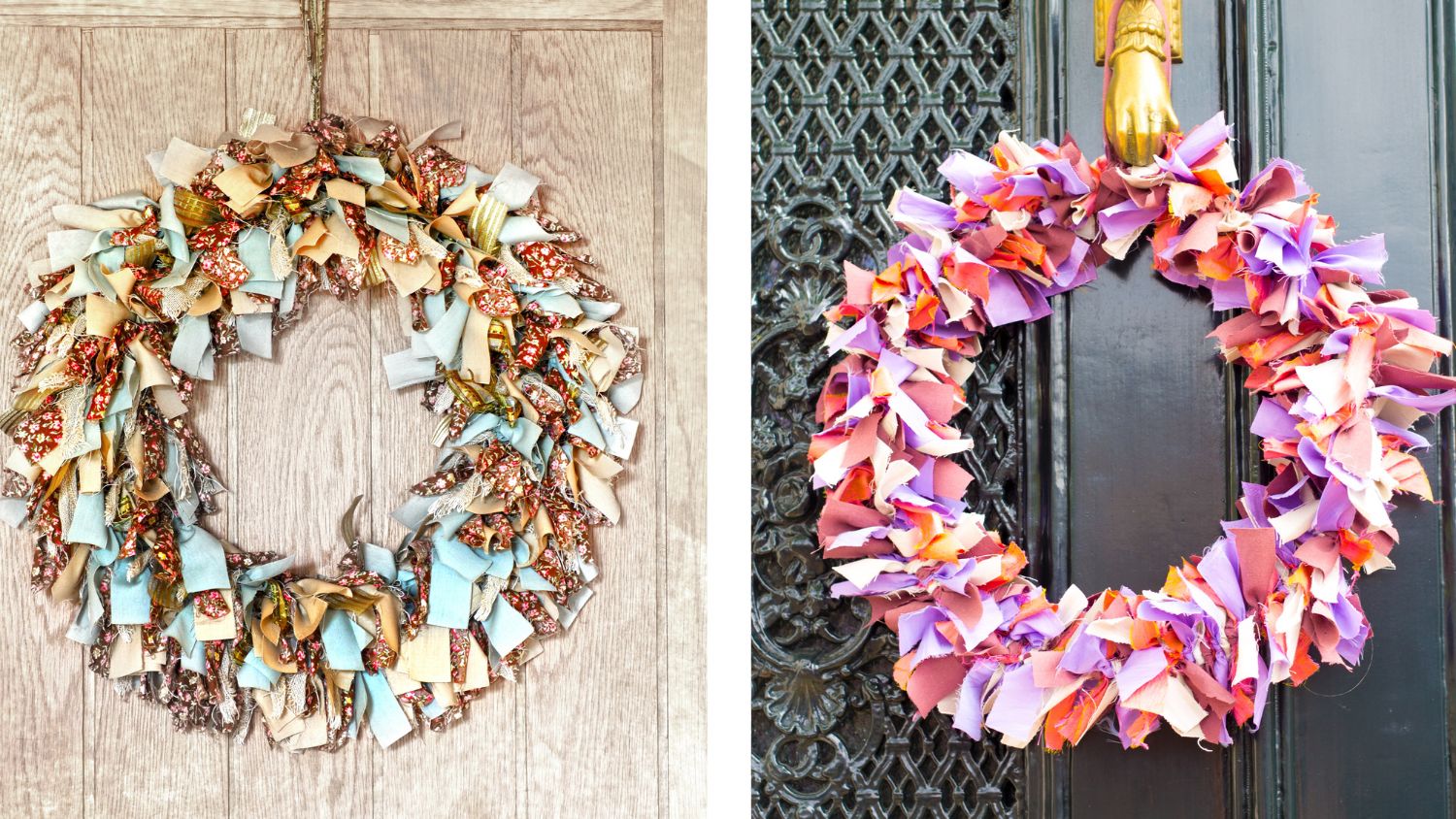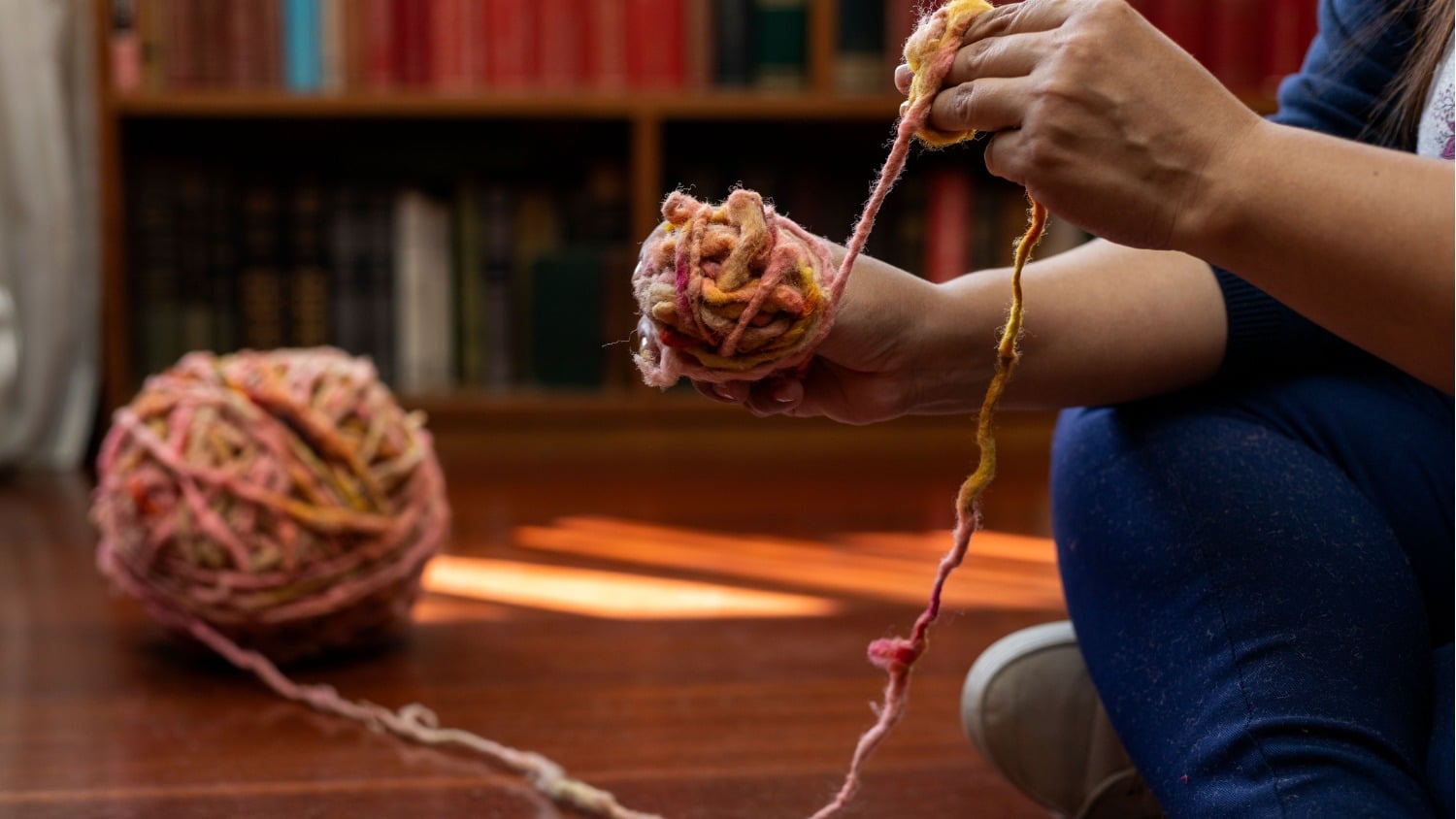
8 Mosaic Ideas to Try at Home
Mosaic art is an enchanting age-old technique that continues to captivate artists and crafters alike. The Romans and Greeks used mosaics to decorate their floors, walls, pools and gardens. In more recent times, the Spanish artist Gaudi used the technique to create fabulous installations, covering whole buildings in mosaic.
By combining different colours, textures, and shapes, you can create beautiful and functional objects. It’s also a lovely way to use broken but meaningful crockery instead of throwing it away.
Materials You Need
- Safety goggles
- Protective leather gloves – mosaic pieces can be sharp
- Dust mask
- Small mosaic tiles, sea glass or broken pieces of crockery, plus any smaller items you may like to include such as small pebbles, beads, buttons and shells
- Base object (e.g., picture frame etc.)
- Mosaic adhesive or clear-drying glue
- Trowel or palette knife to spread glue, mortar etc
- Grout and grouting gloves
- Grout applicator
- Sponge and water
- Thick tea towel and a small hammer (gently break crockery pieces by folding it in the tea towel and hitting gently with a hammer – wear goggles)
- Tile nippers in case you want to shape pieces
- Grout sealer (for outdoor projects)
General Directions
Always take safety seriously when you do mosaic – tiles and broken crockery can be sharp, and pieces can fly. Always wear a mask, goggles and use appropriate safety gloves and work in a well-ventilated space.
Attach your tiles or other mosaic materials with appropriate glue. The type you choose depends on whether your mosaic is for indoor or outdoor use, and whether you are using mosaic on a horizontal or vertical surface. There is a good run down of what to use here.
Allow the adhesive to dry for 24 hours before grouting. Mix the grout in a disposable container (if you are not using ready-mix) according to the manufacturer’s instructions – wear a mask to avoid inhalation of any powders.
The grout should be the consistency of thick smooth oatmeal. Once mixed, allow the grout to stand for 10 minutes then stir and apply. Use protective gloves when applying grout – it is non-toxic but very drying and some people find their skin can react badly.
Apply grout with a grout spreader and push it into the entire depth of any gaps. Sculpt the edges with a palette knife for a smooth finish. Wipe away any excess grout immediately with a damp (not wet) sponge; it is very hard to remove once dry. Never dispose of grout down a drain, or wash containers in a sink (hence using a disposable container for your mix) as it can block the drain.
Let the piece rest for 30 minutes (have a nice coffee and sit in the garden) and you will see a haze on the tiles. Wipe this off with a clean dampened cloth and buff them gently with a dry cloth.
NOTE: Do not use paper towels as they will leave fluff on your grout.
Once grout is fully dry – leave for a day or two – it can be sealed for extra protection if required. Enjoy your mosaic pieces and the unique nature of their beauty!

What Can I Make with Mosaic?
1. Mosaic Picture Frames
Upgrade a simple flat picture frame into a vibrant piece of art. Choose small tiles that match your room’s décor – or use seasonal colours for a picture frame to display Halloween or Christmas photos. Lay out your tiles before you start to make a pleasing pattern or random arrangement. When you are happy with your design, you can begin.

2. Sea Glass Mosaic Candle Holders
Illuminate your space with a memory of the beach and long summer afternoons – or blustery winter walks! Apply small, translucent pieces of flat sea glass to a clear heat proof glass container. When a candle is lit inside these lovely candle holders, the design will glow with soft diffused light.
3. Mosaic Flower Pots
Add some mosaic charm to your flower pots. This is a great way to use random shapes of broken crockery in a chintzy, cottage-garden design. Create a design around the rim of your pots for a unique decoration. Ensure you seal the design properly if you plan to use it outdoors.
4. Mosaic Stepping Stones for Garden Borders
Have you ever tried to plant or weed a deep border without stepping on and – horror of horrors! – compressing the soil? Add artistic flair with a few well-placed mosaic stepping stones to match the design and colours of your flowerbeds. Attach textured (you don’t want to slip!) mosaic pieces to small inexpensive concrete pavers. Ensure you seal them for outdoor use.
5. Mosaic Tabletop
Why not turn a tired old patio table into a stunning centerpiece with a mosaic tabletop? Design a colourful pattern or a scenic landscape using mosaic tiles or broken crockery. Cups and dishes with gilding are particularly pretty used in this way. Don’t forget to use a sealer for weather resistance.
6. Mosaic Wall Art
Unleash your creativity on a canvas with a mosaic masterpiece. Draw your design on a piece of plywood and position your pieces of mosaic or crockery inside the design for a pleasing effect before you stick them down.
Make sure, if you are using random pieces, that the gaps between are not too wide for the best effect. Whether it’s a simple geometric pattern or a more detailed picture, the possibilities are endless. If you use sealant for outdoor use, you can use this method to create a house number for your door.
7. Mosaic Coasters
Create colourful, useful pieces of art by transforming ordinary plain coasters with small mosaic tiles. These will protect your tables but also add a unique bespoke flair to your decor.
8. Mosaic Mirrors
Spruce up an old, thrifted or tired plain mirror by adding a mosaic frame. You can even use mirror or glass mosaic pieces to enhance the reflective quality, creating a stunning conversation piece that adds dimension and light to any room. Using abalone faced tiles and pieces of sea glass can add a touch of mermaid magic to your bathroom!

If you have a go at any of these mosaic projects, we’d love to hear about your experiences and see your photos, so please share them here in the comments and on our Facebook page.
Let’s Have a Conversation:
Have you ever made any mosaics? What did you make? Was any aspect of making mosaic art difficult? What would you like to mosaic – a mirror, a table – or something more unusual?
Tags Arts and Crafts







We used to do mosaic art when I was a child at school in the 60s. The teacher would ask for any old chipped plates no longer being used at home (asking mummy first of course!). Teacher would carefully break them into pieces for us and we’d cement them on to trays made from polystyrene.
About 5 years ago I went to Gaudi’s house in Barcelona and the residential district he built that was sadly unsuccessful. The vibrant colours were beautiful and I took lots of photos of the mosaic work to have as memories.
Gaudi’s basilica is a masterpiece , I hope to return when it’s finally finished.
Gaudi’s work is just stunning, isn’t it? Thanks so much for your comment :)